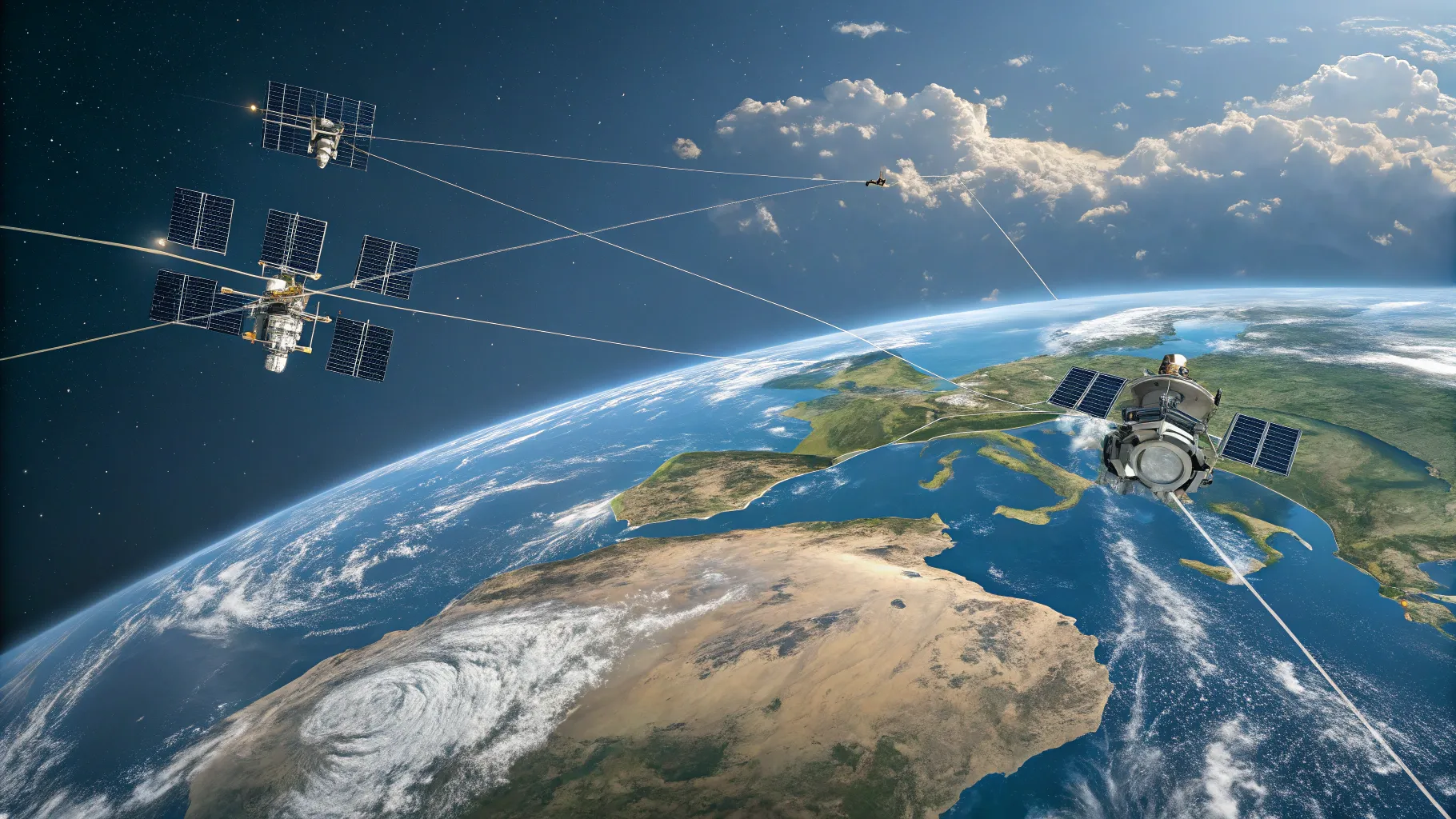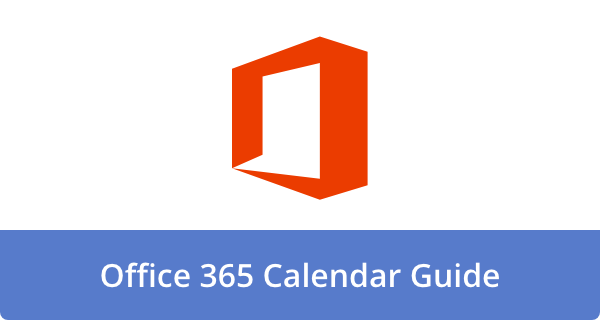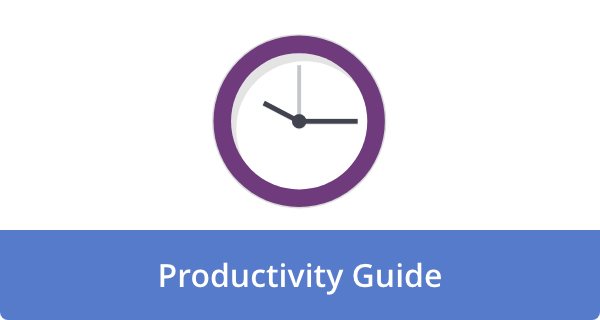
The number of satellites orbiting Earth has reached unprecedented levels, with SpaceX’s Starlink internet service leading the surge in mega constellations. Recent findings suggest that solar activity has a significant impact on these satellite networks, presenting new challenges for operators.
Earth’s orbit has become increasingly crowded as companies deploy large-scale satellite networks to provide global internet coverage and other services. SpaceX has launched thousands of Starlink satellites alone, contributing substantially to the growth of the orbital population.
Solar Activity and Satellite Operations
New research reveals that the sun’s behavior directly affects satellite operations in ways that operators must now address. Solar flares, coronal mass ejections, and other solar phenomena can disrupt satellite electronics, alter orbital paths, and even cause premature reentry into Earth’s atmosphere.
When the sun enters active phases of its 11-year cycle, it releases more radiation and particles that interact with Earth’s upper atmosphere. This interaction heats and expands the atmosphere, creating increased drag on satellites in low Earth orbit, where many of these new mega constellations operate.
The effects can be particularly pronounced for smaller satellites that make up mega constellations like Starlink, as they have less mass to resist atmospheric drag and may require more frequent orbital adjustments.
Growing Concerns for Satellite Operators
As the current solar cycle intensifies toward its predicted maximum, satellite operators face several critical challenges:
- Increased fuel consumption for orbit maintenance
- Higher risk of communication disruptions
- Greater potential for satellite failures
- More complex collision avoidance maneuvers
SpaceX and other operators must now incorporate solar activity forecasts into their operational planning. This includes scheduling launches during periods of lower solar activity and designing satellites with additional shielding against radiation.
Industry Response and Adaptation
“The relationship between solar cycles and satellite operations has always been known, but the scale of today’s mega constellations makes this a much more significant issue,” explains Dr. Sarah Johnson, an aerospace engineer specializing in orbital dynamics.
Satellite companies are responding by enhancing their monitoring systems and developing more sophisticated predictive models. Some are also modifying satellite designs to better withstand the harsh space environment during periods of high solar activity.
The U.S. Space Force and NASA have intensified their space weather monitoring efforts to deliver more accurate forecasts to commercial operators. These agencies track solar events that may affect satellites and provide warnings when hazardous conditions are anticipated.
International coordination has also improved, with satellite operators sharing data about orbital positions and planned maneuvers to reduce collision risks that might be heightened during solar events.
The current situation represents a learning opportunity for the industry as it adapts to operating large satellite networks during varying solar conditions. The lessons learned will likely influence the design and operation of future satellite systems.











Howie Jones
My name is Howie and I'm a Customer Success Manager at Calendar. I like to ensure our customers get the best experience using our product. If you have questions email me howie at calendar.com